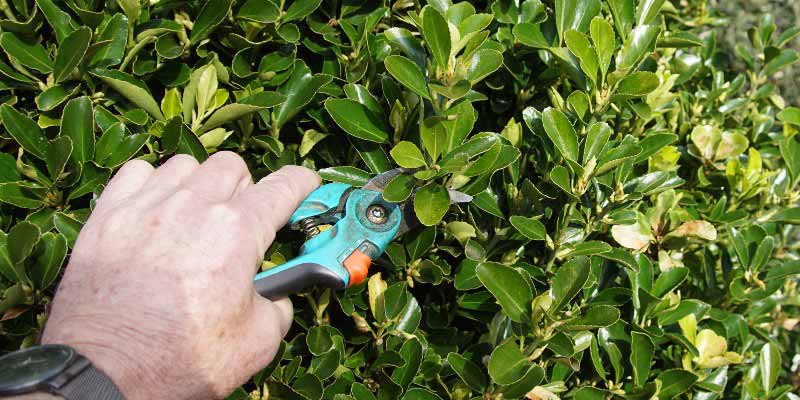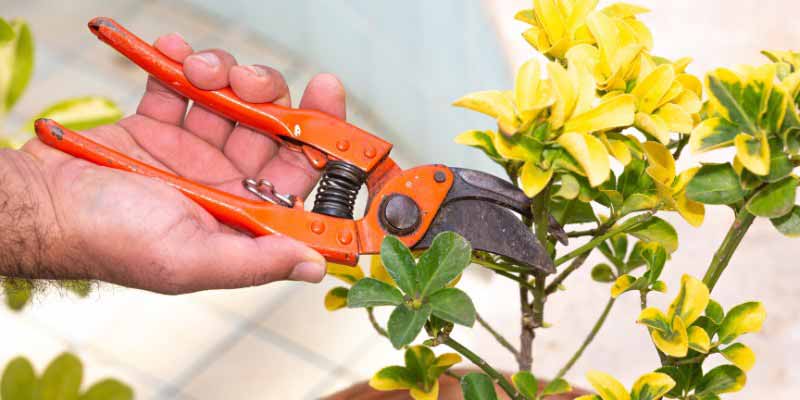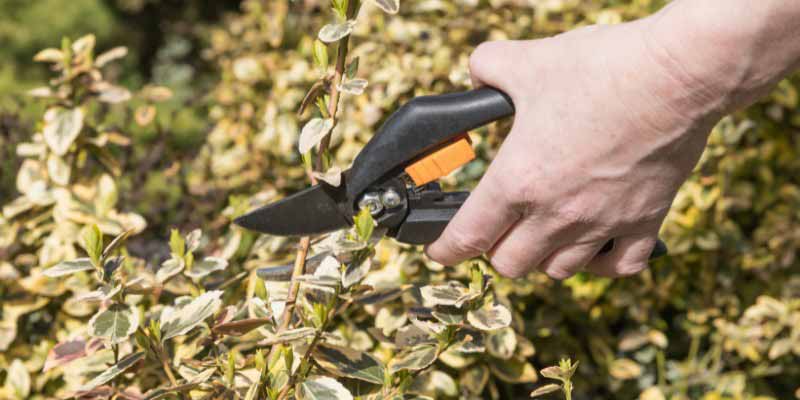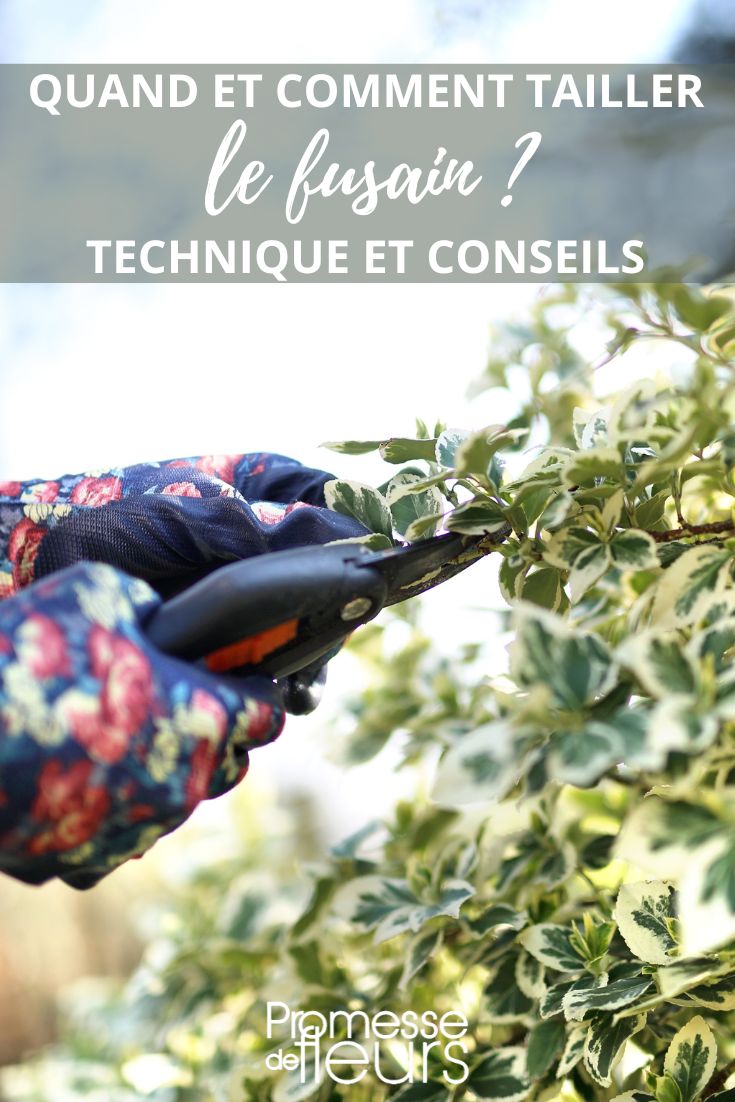Valued for their decorative leaf and vivid colours, spindles are bushes that brighten gardens throughout the seasons. In autumn, the leaves of deciduous species such as Euonymus alatus (winged spindle) and E. europaeus (European spindle) take on flamboyant hues — red, India pink, purple — before falling. Their fruits, highly decorative, provide a colourful display throughout winter. Evergreen varieties, such as Euonymus 'Emerald Gaiety' and 'Emerald'n' Gold, light up the garden with their variegated leaves, even in the heart of winter. Depending on variety and species, height ranges from 40 cm to 5 m. Dwarf, compact forms are suitable for containers, while more vigorous types thrive in hedges, borders or planted alone. Evergreen species lend themselves well to bonsai or topiary. Some cultivars can even replace box hedging affected by disease. Spindles prefer well-drained, rather cool soil and appreciate sunny or partly shaded exposure. Hardy and undemanding, they nevertheless benefit from regular pruning to retain balanced habit and encourage dense leaf. Discover our tips and tutorial to succeed in pruning your spindle!

How tall can a spindle grow?
Spindle height varies according to species and variety chosen. Generally, spindles measure between 1 and 3 metres in height.
- Deciduous spindles : these species (Euonymus alatus, Euonymus europaeus) prized for their brilliant autumn colours, usually reach between 1 and 4.5 metres.
- Evergreen spindles: evergreen varieties (Euonymus japonicus, Euonymus fortunei…) are often slightly more compact, typically measuring between 20 cm and 2 metres.
Why prune spindles?
Euonymus does not require severe pruning. Simple pruning in early spring suffices to encourage new shoots and maintain a harmonious silhouette. Regular, appropriate pruning will also control height and shape of spindles. Pruning removes misplaced or diseased branches. Both deciduous and evergreen spindles benefit from this light intervention to stay compact, whether in a hedge, topiary or border. This is more a matter of pinching than heavy pruning, involving slight shortening of leafy shoots without cutting into old wood to encourage branching. Light pinching promotes generous branching and ensures a neat habit, especially for small shrubs in containers.

When to prune spindles?
Deciduous spindles are pruned in winter when absence of leaves makes branches easier to see. Evergreen spindles intended for hedges, topiary or borders are better pruned in spring (April) and in autumn to preserve a harmonious habit. Prune spindles in hedges twice a year, usually in April and August. Do not prune during drought, as this can stress the plant. It is preferable to carry out several light prunings through the year rather than one severe cut. Also adapt pruning to variety: some spindles grow faster than others.
How to prune a spindle?
Necessary equipment:
- Pruning shear : For small branches.
- Shear - hedge trimmer : For thicker branches or to give a clean finish.
- Gardening gloves
Use clean, well-sharpened tools. Do not prune more than one third of the bush at once.

Pruning deciduous spindles:
- Identify misplaced branches, crossing branches, inward-growing branches or damaged ones.
- Remove dead wood, dry, diseased or broken branches.
- Remove branches that cross or rub to improve air and light circulation.
- To maintain a harmonious shape, shorten overly long branches. Make clean cuts, just above a bud or a side branch.
Pruning evergreen spindles:
Hedges and topiary
- Determine height and width: Use a string line to mark desired height and width.
- Prune regularly: Carry out regular prunings to keep a neat, even shape.
- Thin the base: Remove shoots growing at the base of the trunk to encourage branching higher up the hedge.
Free-form borders or topiary
- Pinch young shoots by slightly shortening leafy stems without cutting into old wood to encourage branching and obtain abundant leaves.
- Remove branches that protrude beyond desired outline.
My tip: Thoroughly disinfect tools to prevent spread of disease.

Post-pruning care
Spindles are trees or bushes easy to grow and require very little maintenance.
- After pruning, water needs increase. Water regularly to keep soil moist, but not waterlogged.
- Apply an organic mulch (pine bark, dead leaves) at base of the bush to reduce evaporation and keep soil cool.
- Apply fertiliser immediately after spring and autumn pruning.
































Comments